How an isolated canal village fell into obscurity
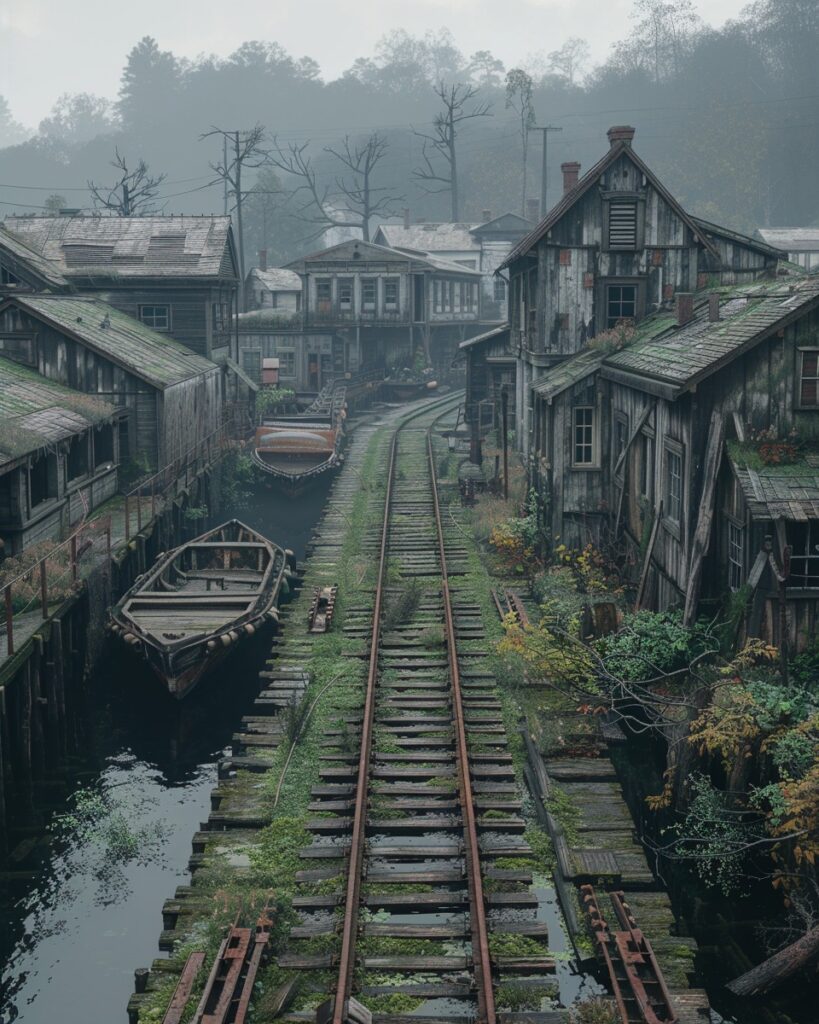
Nestled deep in the countryside, an isolated canal village once thrived along the waterway that served as its lifeline. For centuries, this quiet hamlet was a bustling hub for trade, with its waterways used to transport goods to neighboring towns. However, over time, the once-vibrant village gradually lost its relevance, eventually being left to decay. Today, it stands as a haunting reminder of a forgotten era, with its empty homes and overgrown streets telling a story of abandonment.
The Rise and Significance of the Canal Village

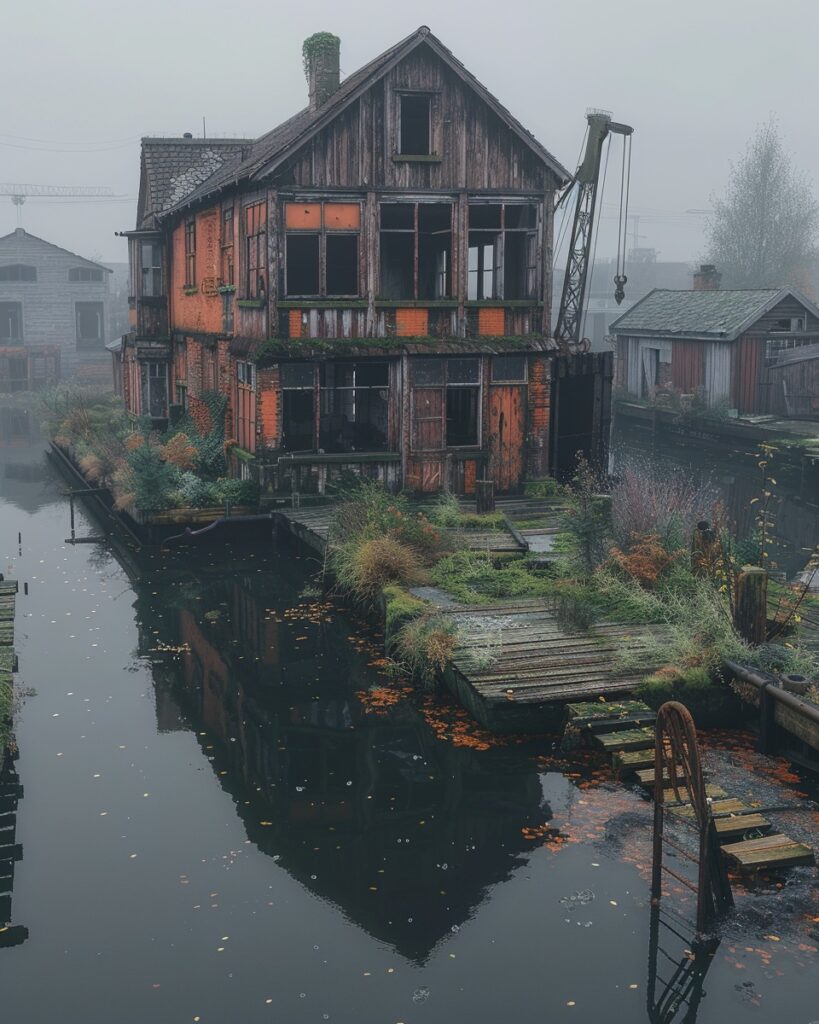
In its prime, the canal village served as a strategic trading point during the 18th and 19th centuries. Situated along a major canal route, it flourished as merchants and travelers passed through. The village’s economy was driven by the shipping of agricultural produce and handcrafted goods. With the construction of its canal network, the village experienced an economic boom, attracting settlers and tradesmen from all over the region. However, as railways began to dominate transportation in the late 19th century, the canal’s importance diminished, and with it, the village’s prosperity began to wane.
The Abandonment: A Slow Descent into Obscurity
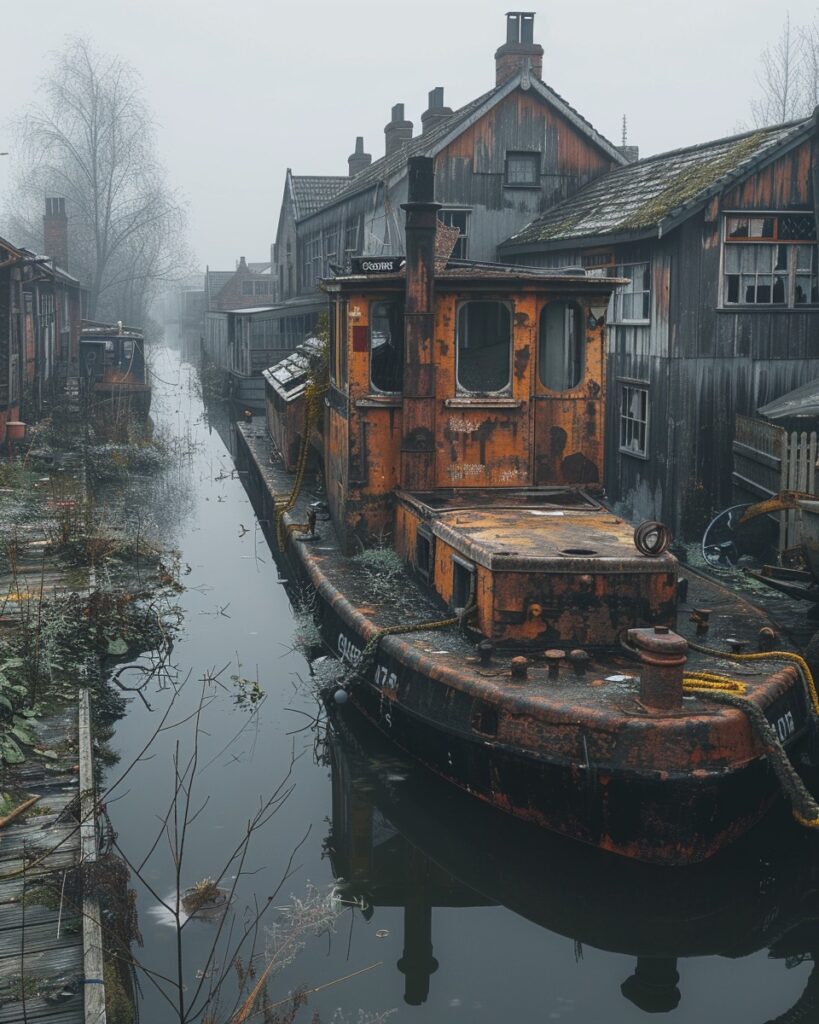

The decline of the canal village was not sudden but rather a slow process spanning several decades. As trains took over long-distance trade routes, the need for canal transport dwindled. The village that had once been the heart of commerce now found itself bypassed by the speed and efficiency of the railways. Gradually, businesses shuttered, families relocated to growing cities, and the village’s population dwindled to the point where it was no longer sustainable. By the mid-20th century, it was largely abandoned, with only a handful of residents remaining to watch its final demise.
Nature Takes Over the Forgotten Village

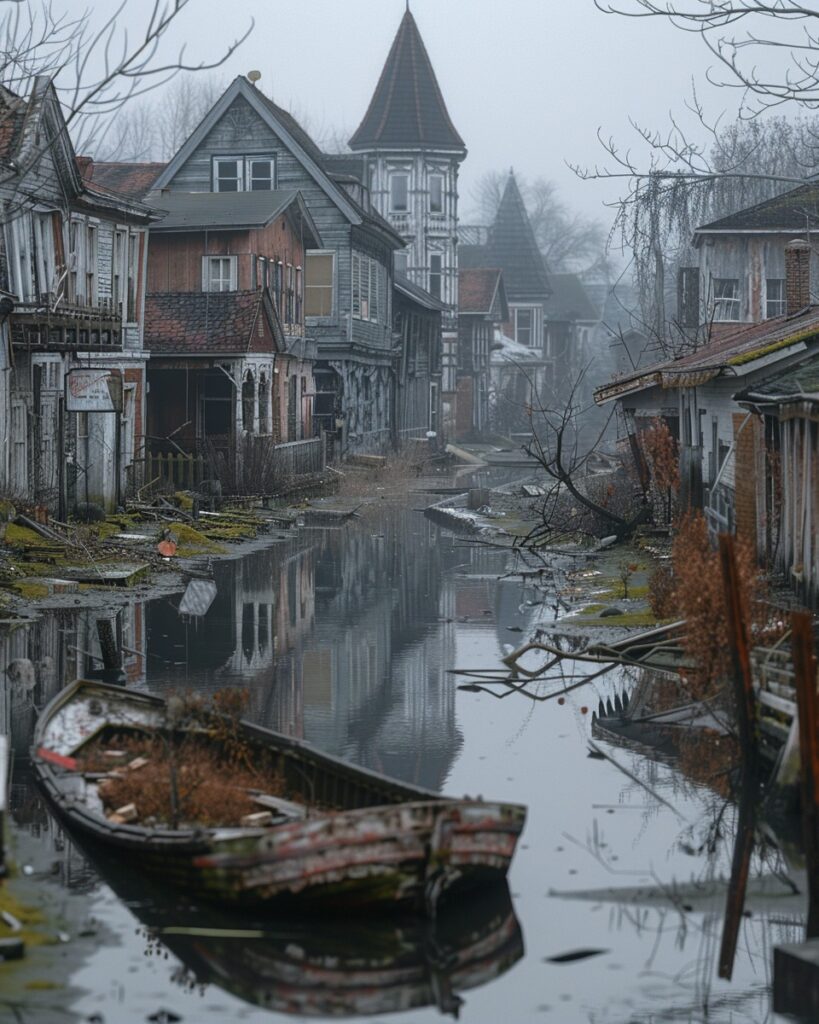
Today, walking through the overgrown streets of the canal village, one can see nature reclaiming its territory. Ivy-covered facades and collapsed roofs are common sights, with trees growing through what were once living rooms and shops. The remnants of the canal itself have become stagnant pools, teeming with algae and water plants. The sound of water that once echoed with the activity of boats and workers has now been replaced by the rustle of leaves and the distant calls of birds. This eerie atmosphere draws urban explorers and photographers eager to capture the haunting beauty of the site.
Legends and Myths Surrounding the Abandoned Village


The mysterious aura of the abandoned canal village has given rise to various legends and myths. Locals speak of ghostly figures seen wandering along the waterway at dusk, believed to be the spirits of villagers who refused to leave their homes. According to some accounts, strange lights have been seen flickering in the windows of the derelict houses, despite no electricity flowing through the village for decades. These stories have only added to the allure of the site, making it a popular destination for those intrigued by the paranormal.
Efforts to Preserve the Lost Heritage

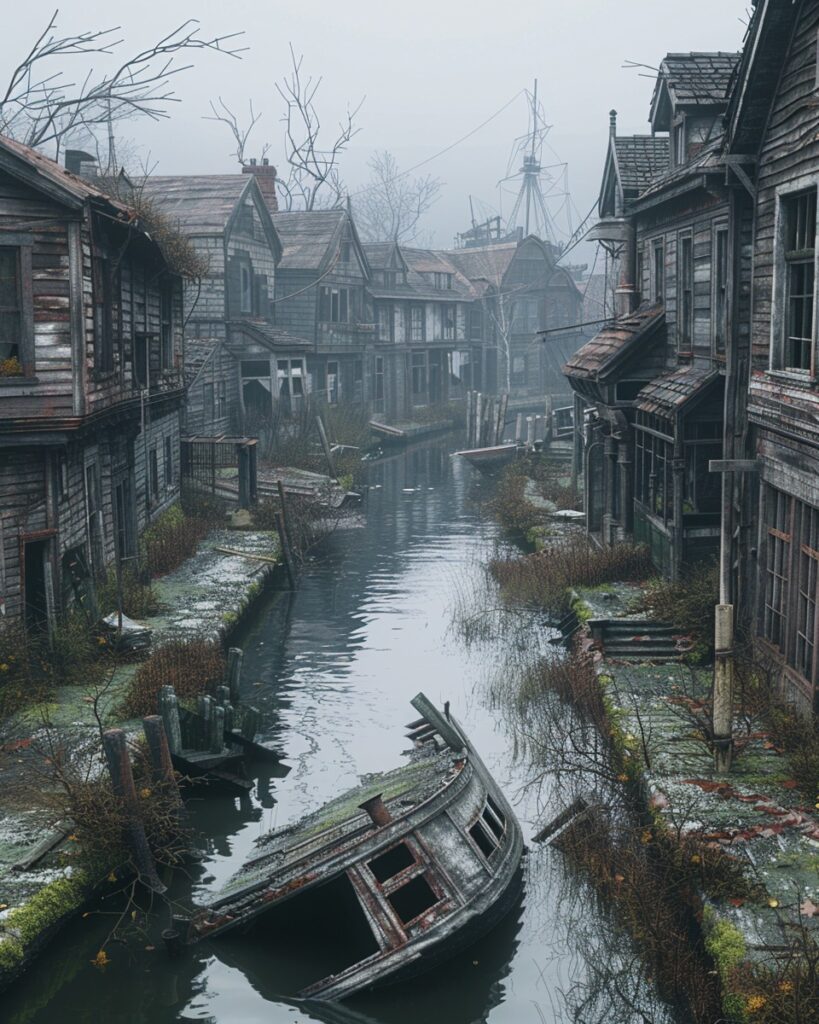
In recent years, there have been discussions among local historians and conservationists about preserving what remains of the canal village. While its historical significance is undisputed, the challenge lies in funding and managing such a project in a remote area. Some have suggested turning it into an open-air museum, where visitors can explore its history while helping generate funds for preservation. However, the delicate state of the buildings and the encroachment of nature make restoration a complex and costly endeavor.